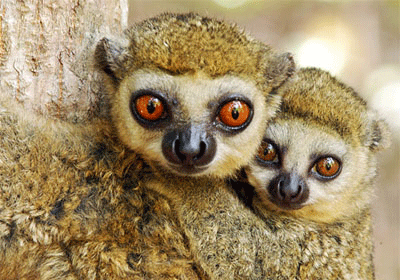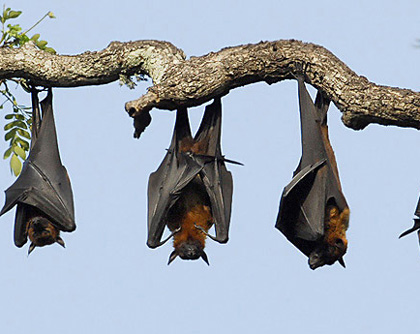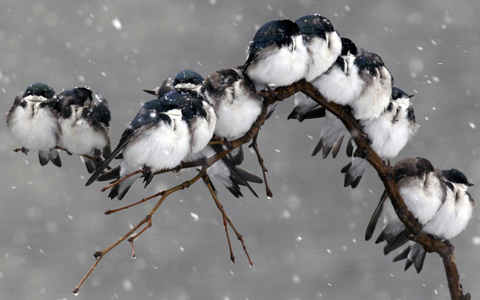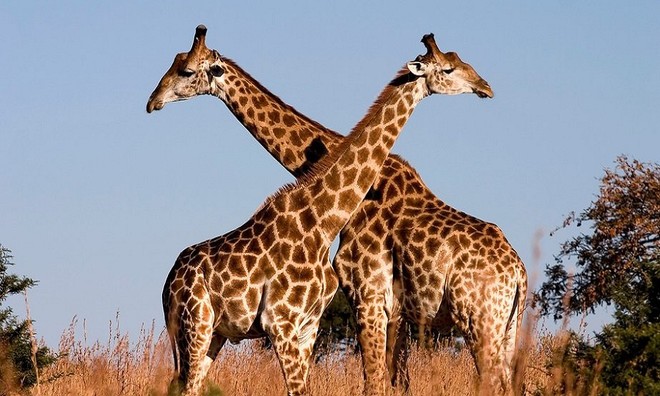When migrating, the Swainson thrush stays awake all night and rests during the day. However, instead of prolonged naps, they fall asleep in bursts of just 9 seconds each time. Sometimes they only close one eye, the other eye and half of the brain are still active.











